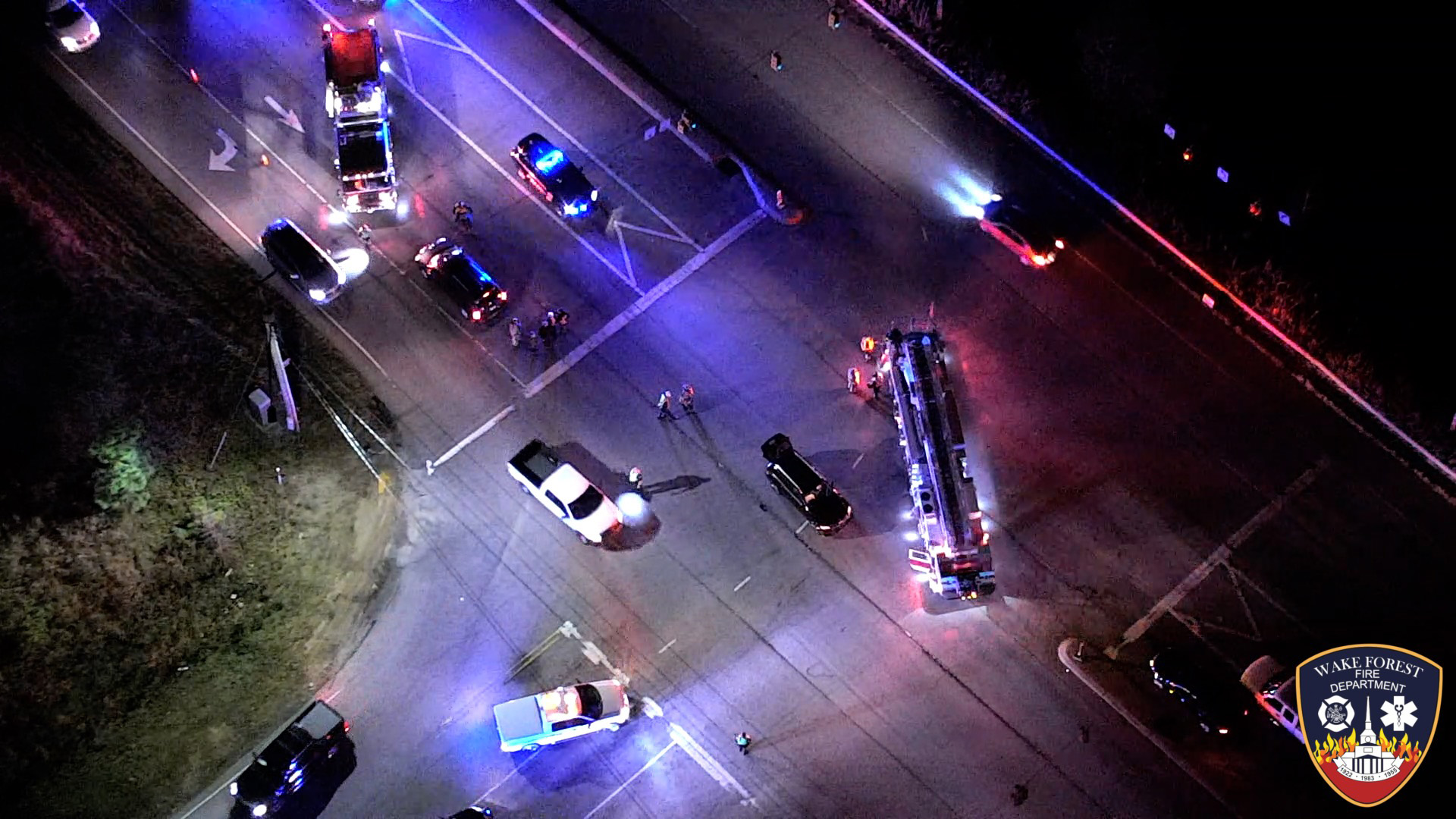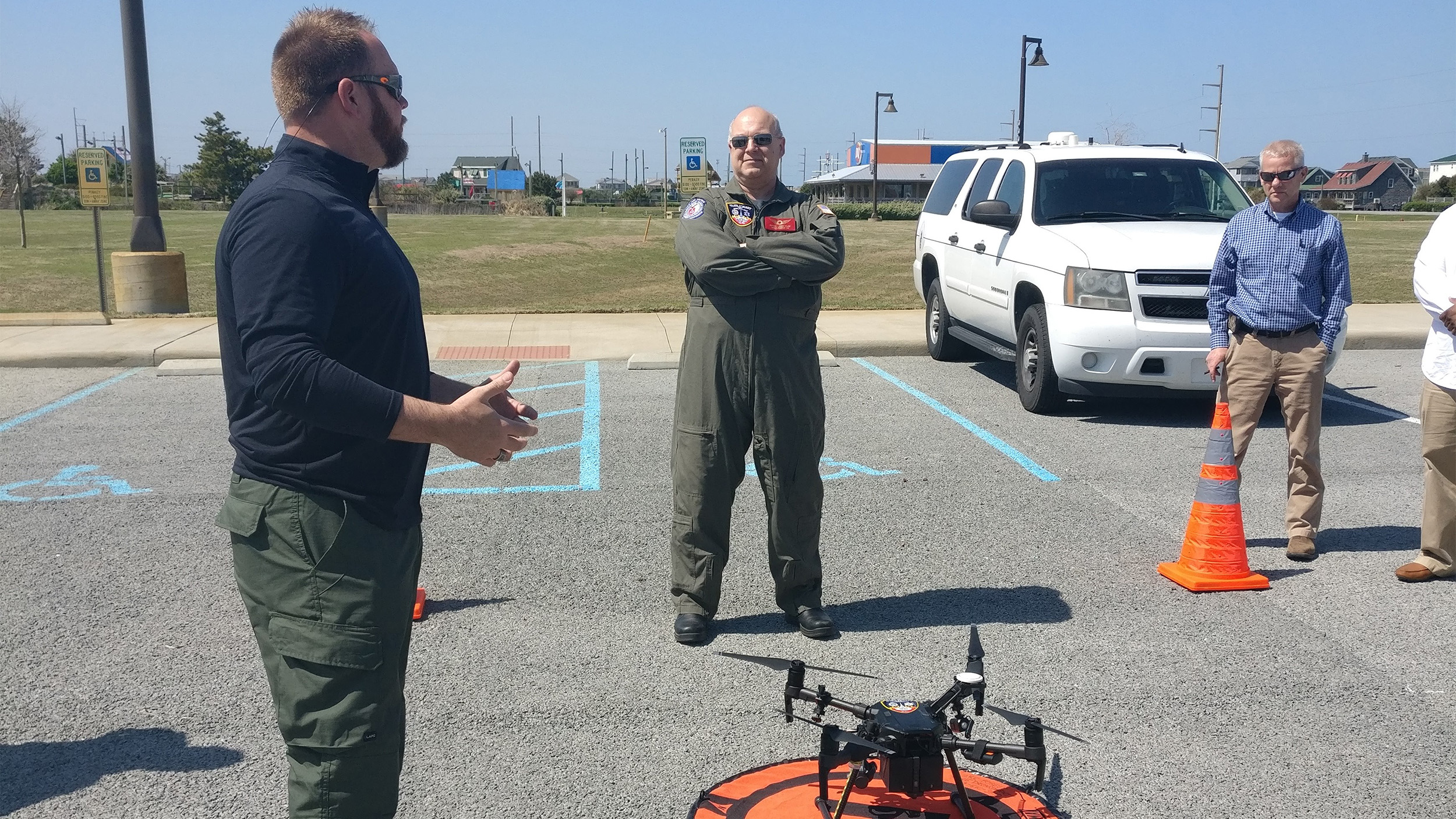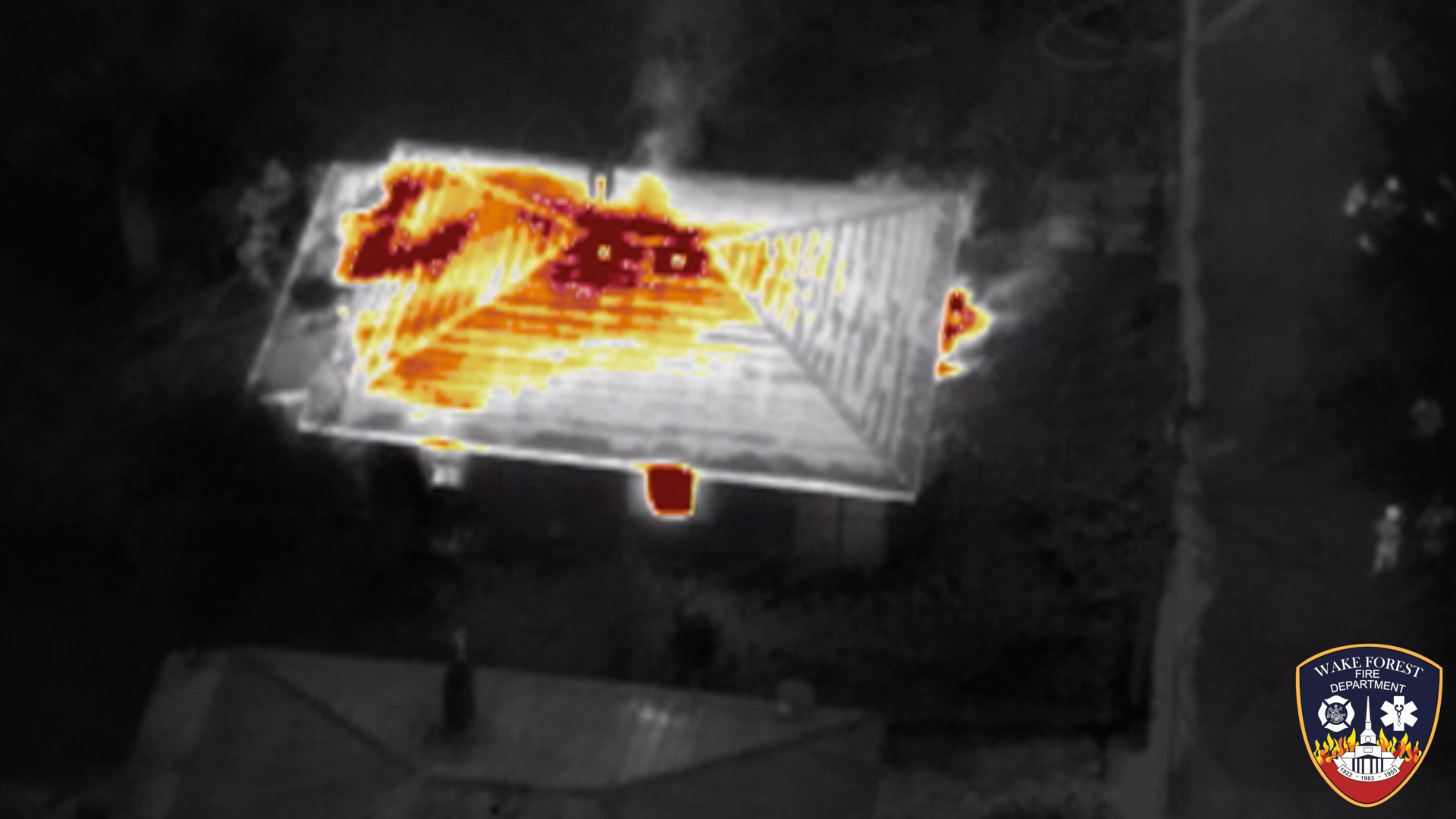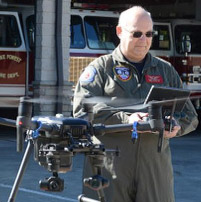Flying a fire drone
If I had to sum up my life as a public safety drone pilot, I'd have to call it "sporty." It's the term aviators have used for many years to describe flying adventures that test their skills.
Unlike flying for fun, if you are a police or fire department drone pilot, you are often operating with an audience under challenging conditions on someone's worst day. And unlike a helicopter or airplane pilot, you are typically on the ground, close to the action and to the public.
It is a given: Nobody's house ever catches on fire on a good day, and people don't seem to go missing on comfortable, sunny days in vast open fields while wearing a bright-orange vest.
Unlike other types of drone operations, a public-safety flight begins with little notice, and often plenty of adrenaline. That starts with the dispatch call, flashing lights, rush to the scene, and the knowledge that demanding flying challenges await.
What a flight is like
I'm typically in the air less than two minutes after arriving on the scene—just enough time for a quick preflight and a basic risk assessment. The drone I fly lives in the back of a well-equipped truck with a drawer that houses the DJI Matrice 210 with arms extended, just waiting for propellers and power-up to be ready to fly.
Flight planning begins at the moment of dispatch. As I head to the truck to race to the scene, I'm thinking about the weather forecast I studied earlier in the day. On the way to the scene, I've referred to the dispatch screen in the truck to learn information about the emergency incident. I typically know the address, a description of the situation, and which radio channels to use, and I can get an aerial view on the screen of the incident location to begin mentally planning my landing zone (LZ, also known as the “home point” in the drone world).
The risk assessment begins as I make my way through traffic with flashing lights on. The public can be unexpected and challenging in the way they respond to emergency vehicles. But in those moments when traffic isn't an immediate risk, I'm already looking up at the sky, thinking about the weather, planning flight operations, and deciding where to locate my LZ.
Establishing the best LZ is not a process that always goes perfectly. Here is a flight debrief detailing a less-than-satisfactory LZ experience.Public-safety flying comes down to being able to manage unpredictable risks, and being able to fly, often, to the edge of your comfort zone to serve the public and to help save lives.
Arrival on scene
When I arrive at the scene, I park the truck and establish a safe LZ, get the drone ready to fly, and communicate with the incident commander. Next, I have to think again about my flight plan and decide how best to fly the mission.
In the air, the mission is most often to conduct flight operations to obtain actionable information that is useful to command staff, so they can include it in their decision-making process and direct resources.

The pilot’s command of the aircraft and software is critical to a successful operation. Knowing how to control the resources at hand is the key to a safe flight with the best outcome achievable. That means paying attention to battery management, camera utilization, aircraft control, and software manipulation to get the best information out of the sortie.
All the while as this is going on, you are monitoring aircraft health, managing flight risks and obstacles, and making sure you are recording and maybe streaming video to distant command staff.
A public-safety pilot also must manage and respond to potential conflicts in the air with news helicopters (particularly paying attention to avoid collision, or rotor downwash), as well as consumer drones that may be flying nearby. The skies above significant incidents can get crowded.
Even with the best planning, practice, and skill, public-safety flying can often feel like juggling a handful of sharp knives, and it is demanding, stressful, and rewarding all at the same time.
There are a few core skills I think a professional public safety drone pilot needs.
Enjoy studying. Reading manuals, familiarizing yourself with software update change logs, flying exercises, and routine maintenance is tedious but necessary. Your homework also includes things you might not think of like driving your regular flight operational area to investigate towers and obstructions, so you are familiar with them.

Compartmentalize. It is easier said than done, but you must be able to close the doors to those parts of your life that are not required to conduct a safe and effective mission flight, just as manned pilots must do in the cockpit. You have to learn to set aside all personal stresses and focus on the task you need to handle right now.
Operate within your limits. Your flight envelope on any given flight has to be the result of an instant mental calculation between the severity of the situation and your skills, all the while calculating and recalculating risks. There is no shame in not pushing the unmanned aircraft system to a point where it is unsafe to operate, but you have to know where that limit is for you. The goal is to fly as required to accomplish the mission, operate within the FAA rules, and provide actionable information to assist with the unfolding crisis.
Be an ambassador. As UAS pilots in a brand-new field, you have to be a good representative of not only your department but also of drone pilots in general. Personally, I view answering questions for the public and public-safety staff as a privilege but something I do only when the aircraft is not in flight.
Being a public-safety UAS pilot is a rewarding and demanding opportunity that will test your skills and capabilities, and also allow you to use aviation to serve and protect the public.





